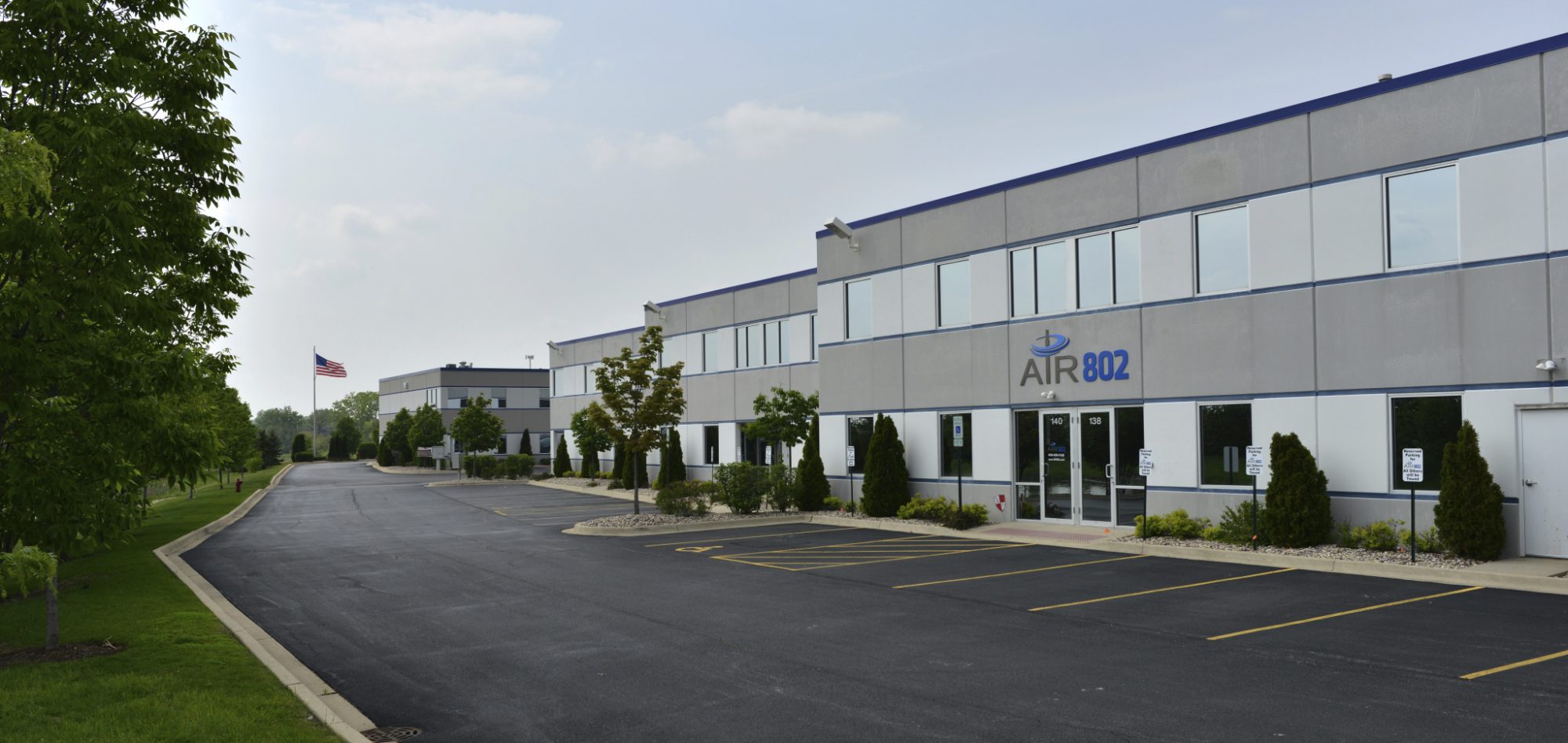The 3.5 GHz Spectrum
The 3.5 GHz band, also referred to as the 3550 to 3700 MHz spectrum, has been heavily discussed recently. The spectrum has been utilized by US Navy radar services and Fixed Satellite Services (FSS) for years. However more recently, Wireless Internet Service Providers (WISPs) began deploying services over this band themselves.
FCC Adopts 3.5 GHz Band Rulemaking
On April 17, 2015, the Federal Communications Commission (FCC) adopted rulemaking for shared wireless broadband use by establishing a new Citizens Broadband Radio Service (CBRS) in this 3.5 GHz band. The intent is for shared broadband services was to prevent interference with incumbent radar systems for increased national defense, improved broadband access and reach, as well as leading to many future improvements and innovations.
Citizens Broadband Radio Service (CBRS) in this 3.5 GHz band. The intent is for shared broadband services was to prevent interference with incumbent radar systems for increased national defense, improved broadband access and reach, as well as leading to many future improvements and innovations.
Perhaps the most important aspect of this is the protection of incumbent radar systems from interference by wireless internet service providers or any other sources. These radar systems are heavily needed to maintain national security as well as keep our complicated national network running smoothly. The incumbent systems are protected from harmful interference while still accommodating commercial use through the creation of three access tiers. The three levels of this tier system are: Incumbent Access, Priority Access, and General Authorized Access.
The Three Tier System
The FCC explains these three tiers as follows:
“Incumbent Access users include authorized federal and grandfathered Fixed Satellite Service users currently operating in the 3.5 GHz Band. These users will be protected from harmful interference from Priority Access and General Authorized Access users.
The Priority Access tier consists of Priority Access Licenses (PALs) that will be assigned using competitive bidding within the 3550-3650 MHz portion of the band. Each PAL is defined as a non-renewable authorization to use a 10 megahertz channel in a single census tract for three-years. Up to seven total PALs may be assigned in any given census tract with up to four PALs going to any single applicant. Applicants may acquire up to two-consecutive PAL terms in any given license area during the first auction.
The General Authorized Access tier is licensed-by-rule to permit open, flexible access to the band for the widest possible group of potential users. General Authorized Access users are permitted to use any portion of the 3550-3700 MHz band not assigned to a higher tier user and may also operate opportunistically on unused Priority Access channels.” (FCC.gov, 2017)
The CBRS Alliance includes members such as: AT&T, Verizon, Sprint, T-Mobile US, Google, Nokia, Samsung, Qualcomm, Intel, Ericsson, Brocade’s Ruckus Wireless Division and Federated Wireless, whom provides the spectrum access system (SAS).
Currently CBRS spectrum mostly involves in-building coverage for LTE networks or enterprise private LTE networks. However, trends point toward the eventual utilization of the spectrum for 5G services, which are more and more rapidly becoming a reality. Tests by Verizon in the US and Nokia and Ericsson in the UK have already been rolled out; making this technology that has the entire industry buzzing that much closer to becoming a country-wide reality. The possibilities and innovations this technology potentially could provide are mind blowing. Networking News will continue to keep you up to date as more information and improvements to the technology come to light. Stay tuned!
PRODUCT DEVELOPMENT
AIR802 has commenced development of an all-new 3.5 to 3.7 GHz omni-directional antenna which will be available for purchase within the next 60 days. The antenna is in its finishing stages of development and will allow improved use of the spectrum like never before.



